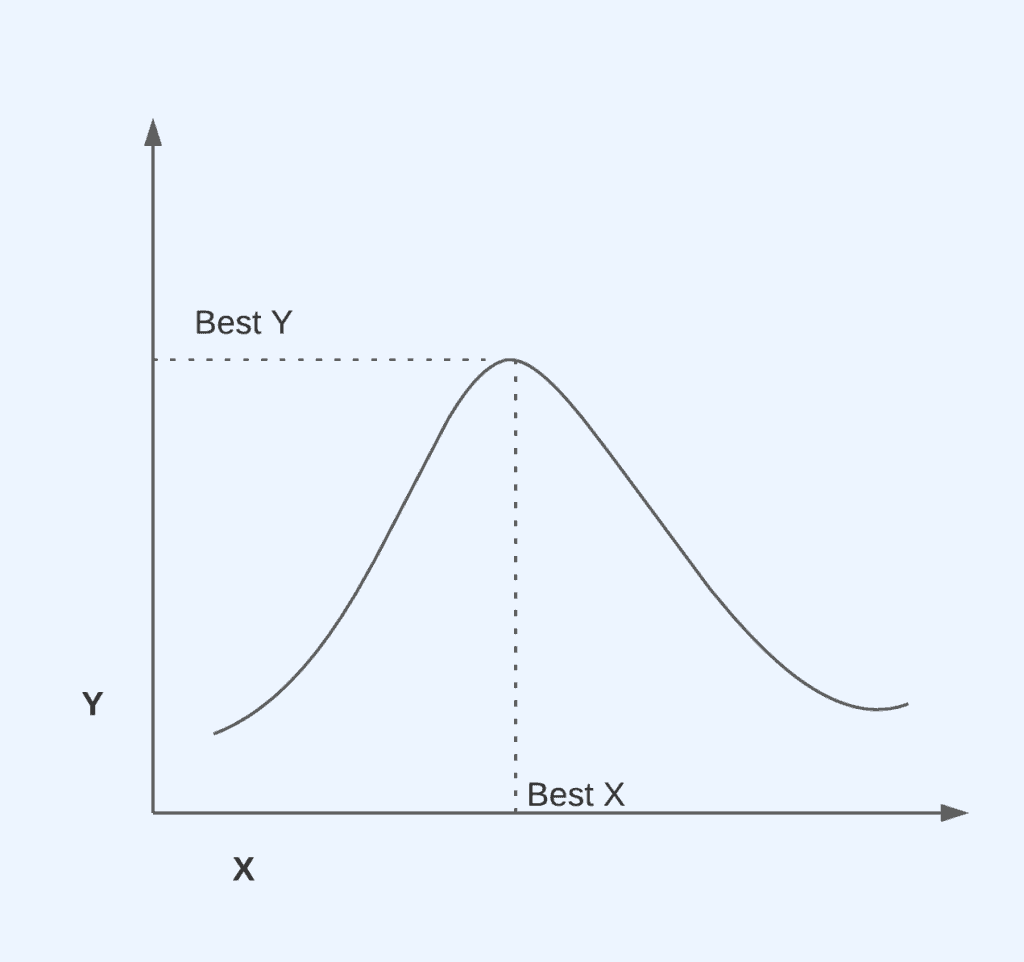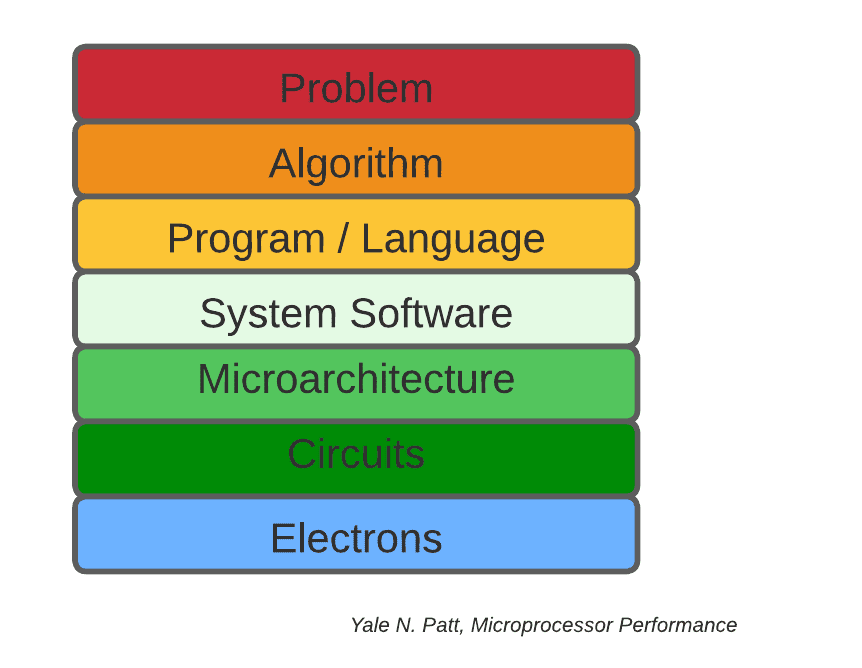1. 概述
在本篇文章中,我们将从优化的通用定义讲起,然后逐步聚焦到程序优化这一领域。优化是计算机科学中极为重要的概念之一,毫不夸张地说,没有优化技术的发展,计算机科学不可能发展到今天这个高度。
2. 优化的定义
从广义上讲,优化是指在给定资源限制下,通过调整某些变量,使得输出尽可能达到最大或最小值。优化问题的核心在于最大化收益或最小化代价。
比如下面这个简单的数学问题:我们希望在给定的函数图像中,找到使得 Y 值最大的 X 值:

传统做法是通过微积分求导,找到导数为零的点,从而找到极值。但在实际工程中,很多问题的数学模型复杂,直接求解导数可能不可行,这时就需要借助优化算法来逼近最优解。
✅ 优化算法的核心目标:在资源受限的情况下,找到一个“足够好”的解,而非绝对最优解。
3. 优化层级
程序优化可以在多个抽象层级上进行,不同层级的优化对系统性能的影响程度不同,修改成本也不同。通常优化是从高层到底层逐步进行的:

从上图可以看出,层级越高,优化的影响力越大,但修改成本也越高;层级越低,优化越具体,但实现难度和工作量也越大。
3.1 问题层级优化
这是最高层的优化,也是最重要的阶段。我们需要明确问题本身,包括输入、输出、约束条件和目标函数。
例如:开发一个导航应用时,我们要优化的是路径长度和交通拥堵情况。这个阶段的优化更多是设计层面的思考。
3.2 算法层级优化
在确定问题后,选择合适的算法和数据结构至关重要。算法和数据结构直接影响程序的时间复杂度和空间复杂度。
例如:在导航应用中,我们可以使用图结构来表示城市之间的连接关系,使用 Dijkstra 或 Floyd-Warshall 等算法来寻找最短路径。动态规划中的记忆化(Memoization)也是常见的优化技巧。
⚠️ 注意:数据结构一旦选定,后期更改成本很高,所以要慎重选择。
3.3 源代码层级优化
这一层级的优化关注的是具体语言层面的实现方式。比如:
for循环比while循环在某些编译器中更快(早期 C 编译器)- 避免不必要的对象创建(Java 中的字符串拼接)
- 使用更高效的集合类(如
ArrayListvsLinkedList)
不过,现代编译器已经能自动进行很多优化,因此这部分工作更多是辅助性质。
3.4 构建层级优化
构建层级的优化通常涉及编译器选项、预处理指令等。比如:
- 启用
-O2或-O3编译优化选项 - 使用宏定义控制调试代码的开关
- 启用分支预测优化
这些配置可以显著影响最终生成代码的性能。
3.5 汇编层级优化
在汇编层面,我们可以手动调整指令顺序、寄存器使用等,以获得更高的性能。例如:
- 减少跳转指令的数量
- 手动展开循环
- 利用 CPU 指令集特性(如 SSE、AVX)
但这类优化工作量大,且维护成本高,通常只在关键性能路径上使用。
3.6 硬件层级优化
硬件层面的优化是现代 CPU 架构设计中的核心内容。常见的优化技术包括:
- 乱序执行(Out-of-Order Execution)
- 推测执行(Speculative Execution)
- 缓存优化(Cache Optimization)
- 指令流水线(Instruction Pipeline)
- 分支预测(Branch Prediction)
这些技术使得现代 CPU 在不提高主频的前提下,依然能大幅提升性能。
4. 权衡与取舍
优化往往伴随着权衡。我们需要在多个指标之间做出取舍:
- 执行时间 vs 内存占用
- 功耗 vs 性能
- 可维护性 vs 性能
例如:
- 使用更大的缓存可以提升性能,但会增加内存消耗和硬件复杂度
- 使用汇编语言编写关键代码可以提升性能,但会显著降低开发效率和可维护性
✅ 建议:优化前应明确目标,并通过性能分析工具找出瓶颈,避免盲目优化。
5. 性能瓶颈
瓶颈是影响系统整体性能的关键部分。优化时应优先找出瓶颈并进行针对性优化。
例如:
- 如果程序的瓶颈在 I/O,那优化算法可能收效甚微
- 如果瓶颈在某个函数中,可以考虑用更高效的算法或汇编实现
⚠️ 常见误区:不要对所有代码都进行极致优化,应聚焦在真正影响性能的部分。
6. 总结
本文从优化的基本定义讲起,逐步深入到程序优化的不同层级,包括问题设计、算法选择、源码实现、构建配置、汇编优化和硬件设计等。每个层级都有其特定的优化策略和挑战。
优化不是一蹴而就的事情,它需要我们在设计之初就考虑周全,并在开发过程中不断通过性能分析工具定位瓶颈,做出合理取舍。
✅ 记住:好的优化是建立在对系统结构和性能瓶颈深刻理解的基础上的。